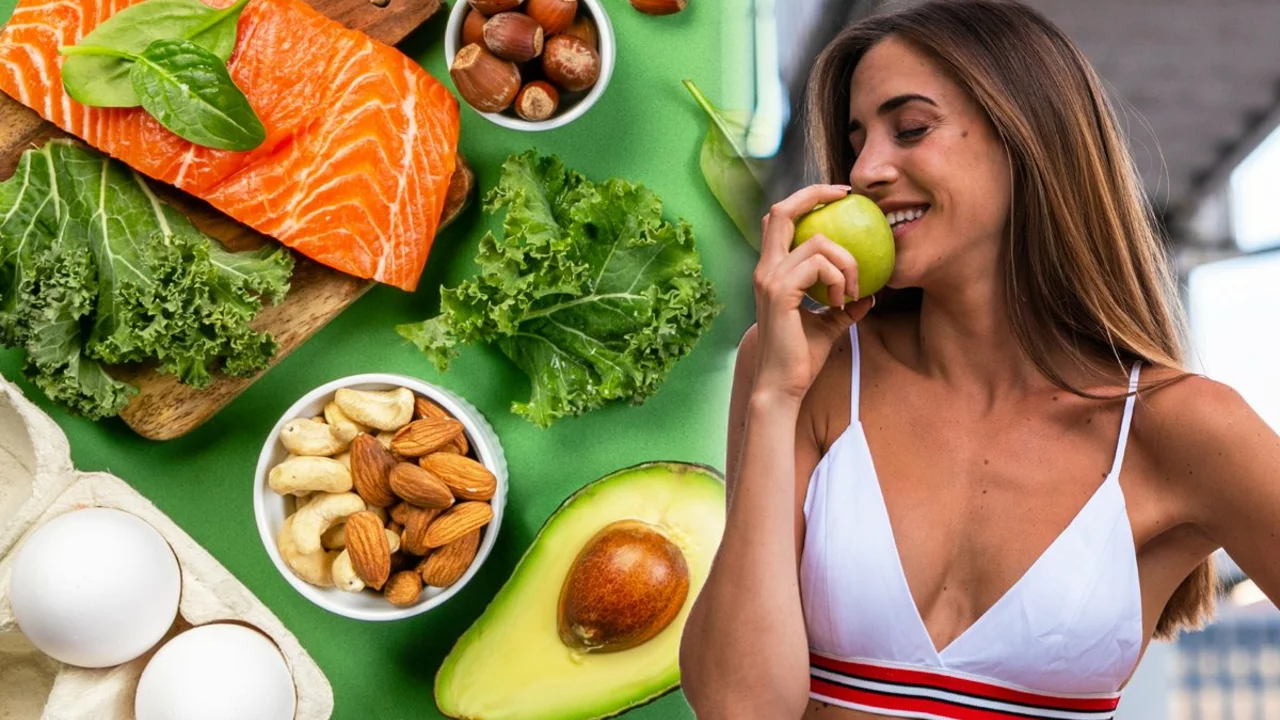Just finished researching and jotting down the top 5 foods that can help in preventing age spots. You're going to be surprised but it's actually pretty simple: citrus fruits, green leafy vegetables, sweet potatoes, green tea, and fatty fish. These foods are packed with antioxidants, vitamins, and omega-3 fatty acids which can help to keep your skin healthy and glowing. Also, they can aid in preventing age spots by combating free radical damage. So, incorporating these foods into your diet won't just be a treat for your taste buds, but also a boon for your skin.
Age Spot Prevention: Practical Steps to Keep Your Skin Even
A few minutes of unprotected sun can speed up brown spots and uneven skin. Age spots (solar lentigines) come from repeated UV exposure and time, but you can slow them down with straightforward daily habits. Here’s a clear, usable plan you can start today.
What really causes age spots
UV rays trigger melanin to cluster in patches. Genetics, hormone changes, and some meds that make skin more sensitive to light raise the risk. So prevention is mostly about limiting UV damage and supporting healthy skin turnover.
Top practical steps to prevent age spots
1) Use broad‑spectrum sunscreen every day. Pick SPF 30 or higher, broad-spectrum (UVA/UVB). Apply 15 minutes before going outside, use about a nickel‑sized amount for your face, and reapply every two hours when outdoors. Look for physical blockers like zinc oxide for extra protection.
2) Wear protective clothing and a hat. A wide-brim hat and UPF clothing block a lot of sun. Sunglasses protect the delicate skin around your eyes where spots often show up.
3) Avoid tanning beds and strong midday sun. Tanning beds speed up spot formation and skin aging. If you want color, use a gradual self-tanner instead of extra sun.
4) Add antioxidant skincare. A morning vitamin C serum helps reduce sun-triggered pigment and evens tone. Antioxidants fight free radicals from sun exposure—use them alongside sunscreen, not instead of it.
5) Use retinoids at night. Retinoids increase cell turnover and can prevent pigment from settling. Start slowly (every other night) to avoid irritation and talk to a dermatologist if you’re pregnant or breastfeeding.
6) Watch meds and photosensitivity. Some antibiotics (like doxycycline), certain blood pressure drugs, and other meds can make your skin more sensitive to sunlight. Ask your prescriber if your medication raises sun risk.
7) Live skin‑healthy: diet, sleep, quit smoking. Eat antioxidant-rich foods—berries, leafy greens, tomatoes—and drink green tea if you like it. Smoking speeds skin aging and makes spots more likely.
8) Early action on new spots. If a new brown spot appears or one changes in color, size, or shape, get it checked. A suspicious spot might need removal or a biopsy.
For stubborn existing spots, dermatologists can offer treatments like topical brighteners (azelaic acid or hydroquinone under guidance), chemical peels, cryotherapy, or laser. These work best when combined with strict sun protection to prevent recurrence.
Start with sunscreen and a simple morning/night routine: AM—cleanse, vitamin C, moisturizer, sunscreen. PM—cleanse, retinoid (if tolerated), moisturizer. Small daily choices add up and keep your skin looking more even over time. If you’re unsure which products suit you, a quick visit to a dermatologist can save time and frustration.

